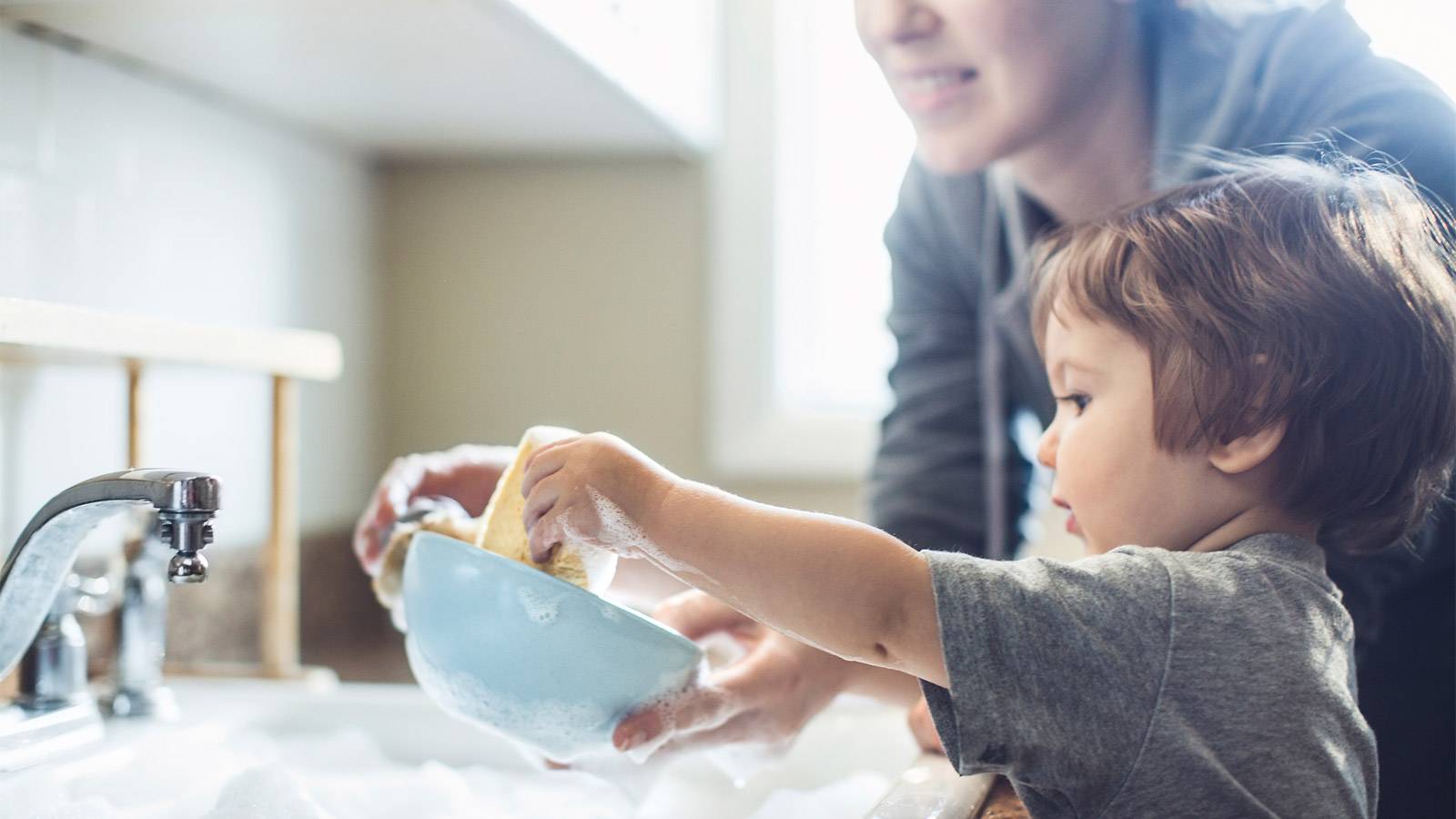A child’s natural state is to be cheerful and curious about his world, so encourage his happy high points.
As parents, we spend a lot of time worrying about meeting our children’s basic needs, getting them into respectable preschools, sniffing out the best enrichment classes and looking for that perfect primary school that’s going to change their destiny.
However, how many of us stop to wonder if our little ones are actually happy? This simple feeling ― usually fleeting ― is often taken for granted unfortunately. Childhood should be all about happiness ― your munchkin actually has very little time to enjoy her innocence, indulge in free play and live a life filled with adventure and wonder before reality and the stresses of life catch up with him. It doesn’t take much to make bubba smile, so here are ways to boost her happy quotient.
0 to 6 months
- It isn’t easy to tell if your newborn is happy or sad in her first days. But while it’s frustrating when she stares blankly at you when you coo at her, it’s actually a good sign. At this stage, babies either cry or they don’t.
- In her first month, bubba might give you fleeting smiles, even when she’s asleep. Some experts say this is a reflex action that makes newborns more appealing to keep them safe. Others say the beams are due to gas!
- During her second month, your baby will flash her first “real” smile. You’ll notice that the grin lasts longer, while her eyes light up in delight. Respond positively and she’ll want to smile again and again.
- As the months go by, your kewpie becomes more interactive. Other positive emotional responses include cooing, gurgling and laughing when you tickle her.

6 to 12 months
- At around 6 months, your little one’s temperament becomes more and more apparent ― you’ll get a sense as to whether she is laidback or easily upset. It helps to know what makes your baby happy.
- Give her plenty of opportunities to play as this will make her happy. Let her handle blocks and paint with her fingers and roll a ball. You’ll cotton on to her interests in the months to come.
- Connect with junior by giving her plenty of “face time”. You’ll also notice she’ll exhibit positive emotions when she’s around people she’s familiar with. She smiles, coos and gurgles and may even flap her arms when she’s excited.
- In her first year, she’s learning many things, such as crawling, grasping objects and talking. Each accomplishment will boost her confidence, while satisfaction with her achievements will put her in a good mood.

12 to 18 months
- It’s now easier for you to recognise if your tot is happy or not. A happy child smiles, plays, is curious and shows interest in other children. An unhappy child is usually withdrawn, quiet, doesn’t laugh or smile often, and does not eat or play much.
- As your mini-me starts to talk, encourage her to label her feelings, as well as use words to convey them. It’ll be easier for junior to recognise and control her feelings if she can describe his emotions.
- Happy tots have a fantastic sense of humour. In order to make you laugh, your sweetie might put a diaper on her head or talk into her sippy cup.
- Even if she can’t quite talk yet, show your tyke pictures of various facial expressions and ask her to pick the one she’s “feeling”.

18+ months
- Your munchkin’s emotions become more complex the older she gets. Luckily, she has a better handle on her ability to control them, too. Make it a habit to talk to her about how she’s feeling, so her self-awareness about her emotions grows, too.
- It’s also perfectly fine for your child to be unhappy at times ― for instance, when you deny her pleas to buy her a toy. Since unhappiness is part and parcel of life, squelching this emotion may send the message that it’s wrong to feel upset.
- People feel happier if their lives have meaning, according to research. For your tot, this could mean helping out at home, as well as learning to give and share.
- Happy parents are more likely to have happy kids, compared to children of depressed parents. So, focus on your own emotional well-being ― it’s one of the best things you can do for your child!
Photos: iStock
Like us on Facebook and check SmartParents regularly for the latest reads!
You may also like these stories…
